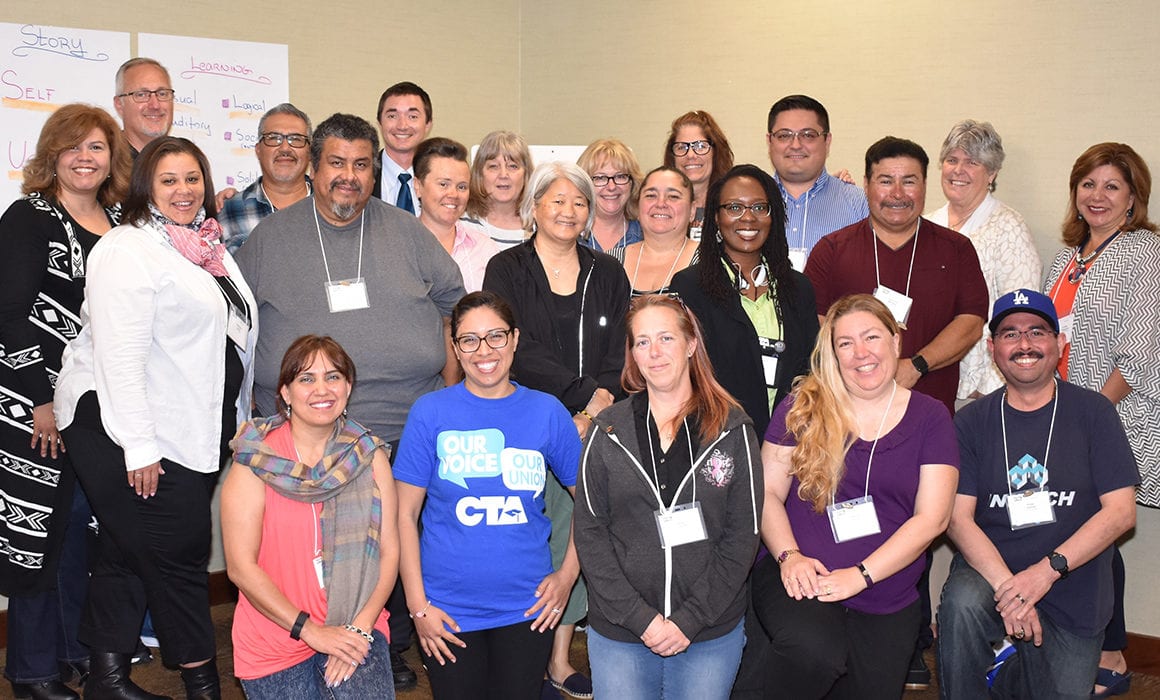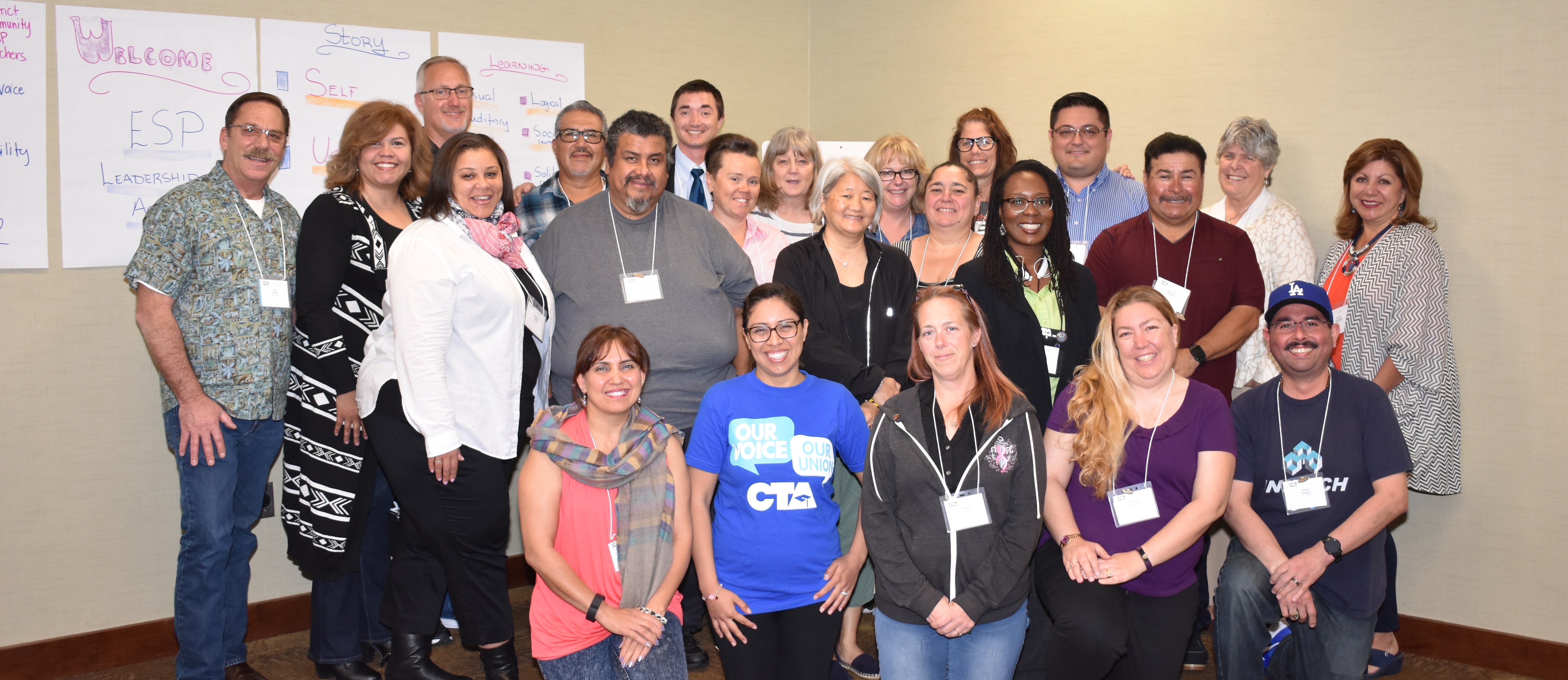
Unions such as CTA use their collective voice to advocate for policies that benefit all working people — like increases to the minimum wage, affordable health care and great public schools. It’s pretty simple, really: When union membership increases, living conditions of working people and their families improve. The same is true of the reverse.

The decline of unionism over the past 50 years has been a major driver of income inequality. The U.S. Supreme Court’s expected decision in the coming months in Janus v. AFSCME (American Federation of State, County and Municipal Employees) could further accelerate the country’s economic disparities, and further rig the economy against working people and the middle class by striking at the freedom of working people to come together in strong unions.
In fact, as former U.S. Secretary of Labor Robert Reich points out, the decline of America’s middle class mirrors almost exactly the decline of American labor union membership, which has weakened from more than a third of all private-sector workers in the 1950s to less than 7 percent today. As a result, the bargaining power of average workers is pretty much nonexistent. (Public sector union membership was 10 percent in the 1940s, peaked at 39 percent in 1994, and is currently 34 percent.)
“They want to use the Supreme Court to take away the freedom of working people to join in strong unions. Why? Because unions give us power to speak up for our students, families and communities.” – CTA President Eric Heins
Meanwhile, the Federal Reserve’s Survey of Consumer Finance finds roughly 38 percent of America’s wealth is now controlled by the top 1 percent of earners.
“A decision in Janus to strip public employees of their collective bargaining rights in the workplace moves us further in the wrong direction,” says CTA President Eric Heins.
In the Janus case, to be argued before the high court in early 2018, Illinois child-support worker Mark Janus contends that his free speech rights have been violated because he must pay agency fees to a union that, among other things, negotiates wage contracts and working conditions on his behalf. In 2016, the Court affirmed the constitutionality of current law regarding fair share fees in a nearly identical case — Friedrichs v. CTA — in a four-four decision.
If the Court rules in favor of Janus and against public-sector unions, says news and investigative reporting outlet Capital & Main, right-to-work forces will have fulfilled a cherished goal: to weaken the nation’s public employee unions.
Heins agrees. “Their goal is no secret: They want to use the Supreme Court to take away the freedom of working people to join in strong unions. Why? Because unions give us power to speak up for our students, families and communities.”
An Opportunity to Act
But Heins says Janus also presents an opportunity for CTA and its chapters to fully engage educators in CTA’s purpose and mission.
No other organization exists to protect California’s children the way CTA does — in the classroom and beyond, says Heins. By reaffirming and communicating these shared values, CTA can continue to be a strong, effective advocate for students. CTA can also continue to advocate for educators and working people, including women and communities of color who have been systematically disadvantaged due to discrimination and prejudice.
Heins says that taking action now is critical to communicate and demonstrate support for all working people as well as public education and our students. Specifically, we need to:
- Speak up to tell colleagues and fellow Americans what Janus is really about and the threat it poses to our families, public services and communities.
- Make clear our positions on social media, op-eds and other platforms.
- Remain steadfast and committed to the work of CTA and other unions, because it will continue.
“For 154 years, CTA has been standing up for working people, our students and the communities we serve,” Heins says. “No court case will stop our determination and advocacy for our students and our profession.”
For detailed information about Janus, its impact and ways to take action, see cta.org/janus. And to see all that CTA has done for students and educators for the past 154 years.
Photo caption: CTA’s ESP Leadership Academy class of 2017. Education support professionals looking to grow into CTA leadership roles should apply for the academy, which helps participants understand CTA’s organizational structure, communications and organizing projects specific to their interests. See CTA.org for more information.
15+
Number of legal challenges to fair share fees besides Janus currently being litigated in courts across the country.

The Discussion 0 comments Post a Comment